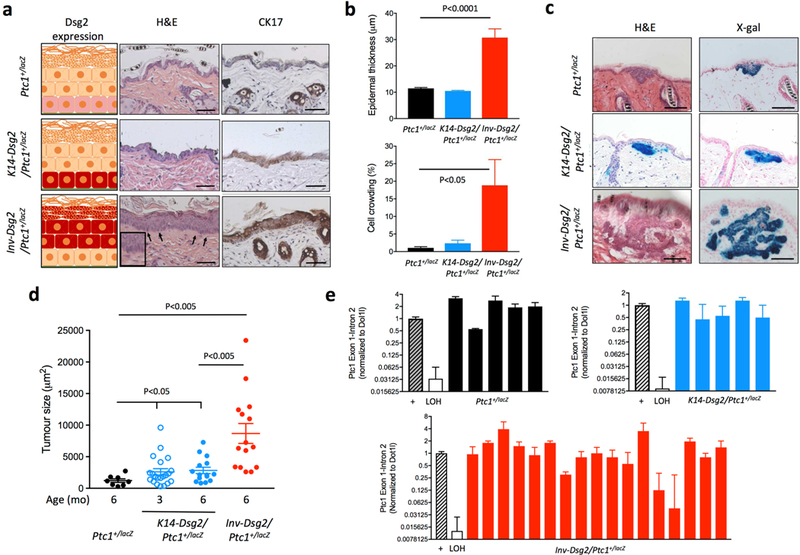Figure 1. Overexpression of Dsg2 results in spontaneous BCC formation.

(a) Left side: cartoons showing the endogenous expression level of Dsg2 (pink) or transgene overexpression (red) in the epidermis of the different mouse genotypes. Formalin-fixed, paraffin-embedded skin sections from 3-month old Ptc1+/lacZ, K14-Dsg2/Ptc1+/lacZ and Inv-Dsg2/Ptc1+/lacZ mice were stained with haematoxylin and eosin (center) or were immunostained for cytokeratin 17 (CK17) (right). Scale bars = 50 microns. (b) Quantification of epidermal thickness and percentage of cell crowding (palisading) in backskin of 3-month old mice of the three genotypes (n=4–8 animals per group). (c) Representative examples of spontaneous BCCs from 6-month old Ptc1+/lacZ, Inv-Dsg2/Ptc1+/lacZ and K14-Dsg2/Ptc1+/lacZ mice stained for H&E and X-Gal. Scale bar = 50 microns. (d) Quantification of tumor size in Ptc1+/lacZ, Inv-Dsg2/Ptc1+/lacZ, and K14 Dsg2/Ptc1+/lacZ mice at 3 and 6 months of age. Each data point represents one BCC (n=9–21), some animals developed several tumors. (e) LOH status of the wild-type ptc1 allele in individual laser-capture microdissected BCCs of the indicated genotypes (n=5–17). Medulloblastomas from Ptc1+/lacZ mice positive and negative for LOH served as internal controls.
